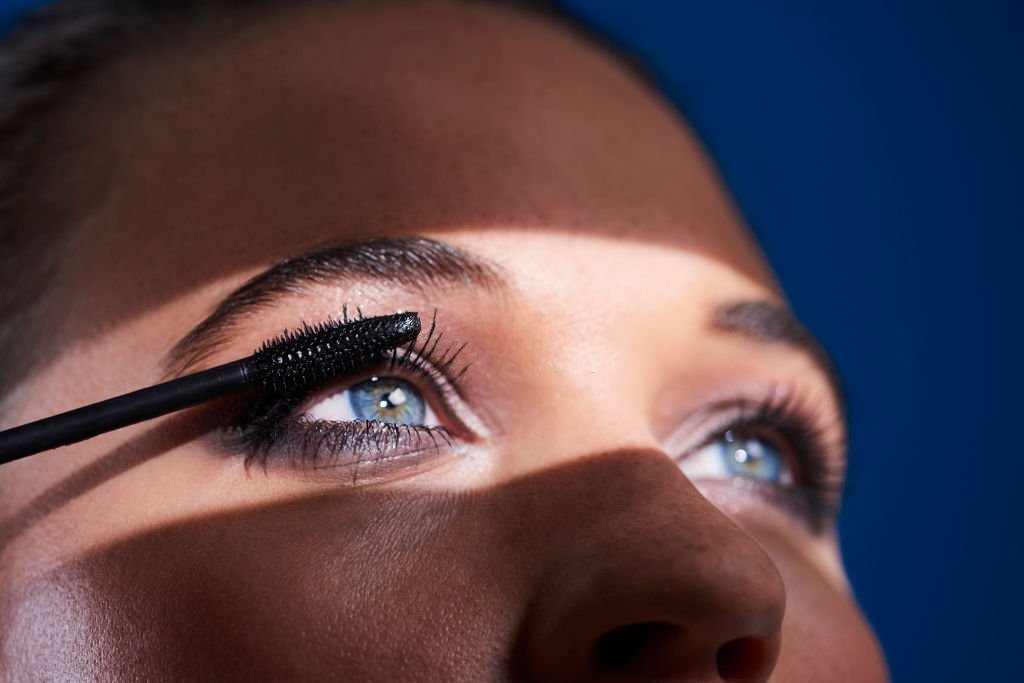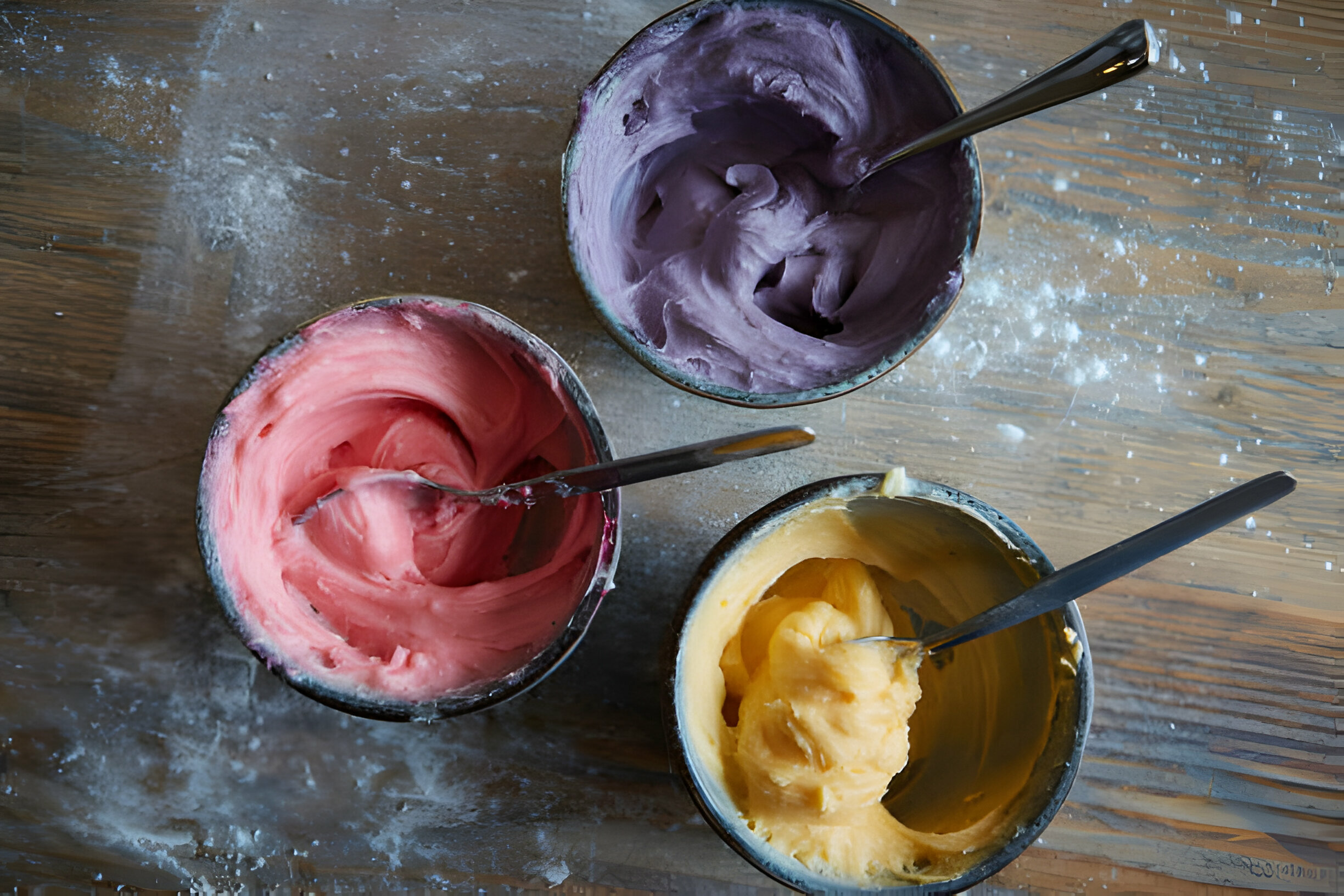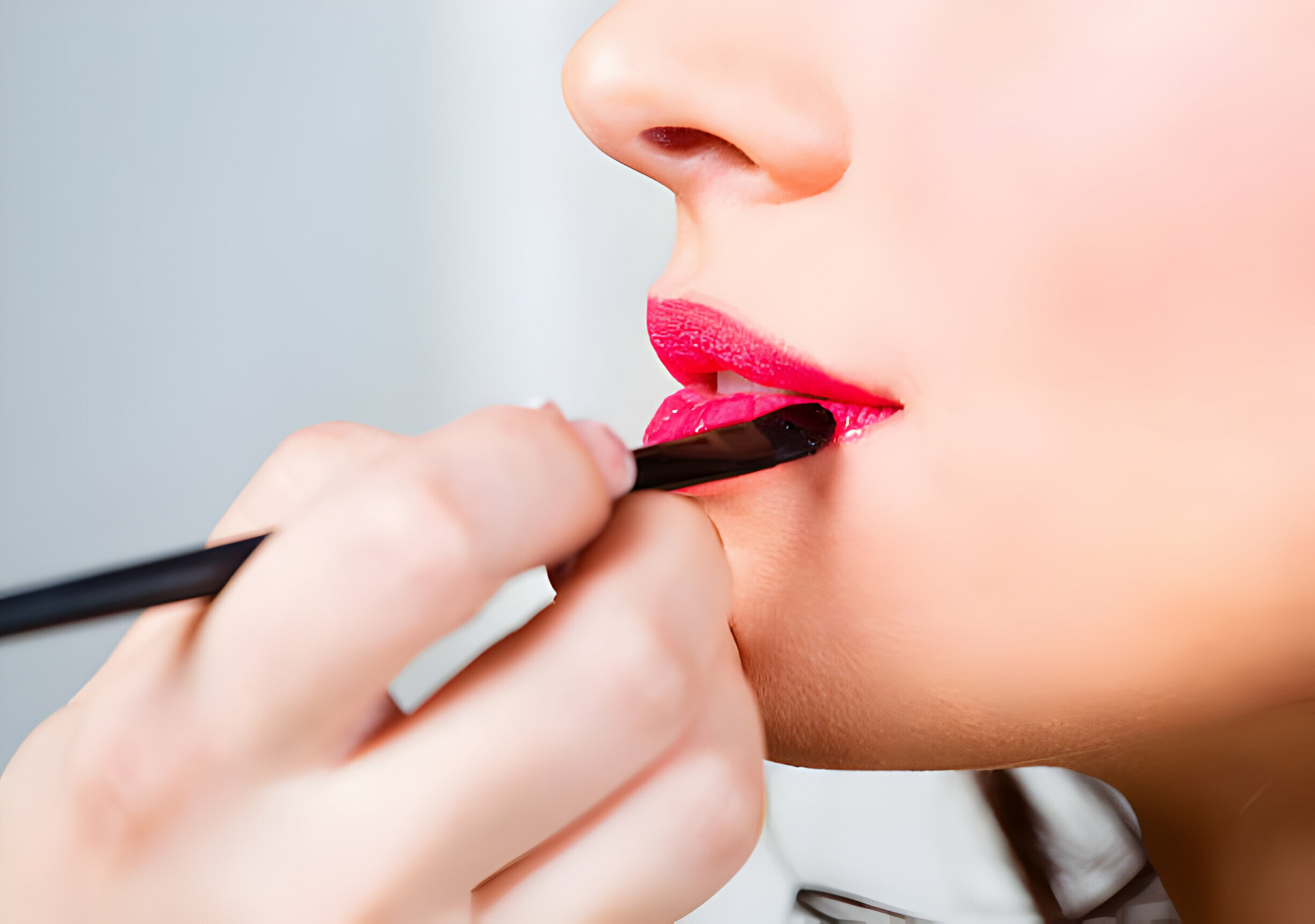Does Tretinoin Expire?
- What Is Tretinoin?
- What Does The Expiration Date On Tretinoin Mean?
- Efficacy Of Tretinoin As A Retinoid
- Does Tretinoin Expire?
- How Do You Use Tretinoin?
- Can You Use Expired Tretinoin?
- Understanding The Tretinoin Purge
- Side Effects Of Tretinoin
- How To Properly Store Tretinoin?
- Tretinoin Alternatives
- FAQs
- Conclusion
Tretinoin, a renowned skincare ingredient, has established its prominence in treating various skin concerns, from acne to anti-aging. As we delve into skincare, grasping the concept of product expiration becomes essential. This article aims to dissect a pertinent query: Does tretinoin expire?
In pursuing healthy and vibrant skin, understanding the shelf life of skincare products is paramount. Beyond aesthetics, the efficacy and safety of tretinoin hinge on its viability. This article unravels the mysteries surrounding the expiration of tretinoin and sheds light on its implications for maintaining optimal skin health.
What Is Tretinoin?
Tretinoin is a topical medication derived from vitamin A, commonly used in skincare for its therapeutic properties. It belongs to a class of compounds called retinoids and is known for its effectiveness in treating various skin concerns. Tretinoin is available in different forms, including creams, gels, and lotions, and is primarily prescribed by dermatologists to address conditions such as acne, fine lines, wrinkles, and uneven skin texture.
Tretinoin promotes cell turnover and stimulates collagen production in the skin, unclogging pores, reducing inflammation, and encouraging healthy skin cell growth. It is widely used for treating acne, combating aging signs, and improving skin appearance.
What Does The Expiration Date On Tretinoin Mean?
Tretinoin, a topical medication used to treat acne, has an expiration date that guarantees its effectiveness and safety when stored properly. After this date, the manufacturer cannot guarantee its potency, stability, or safety. It is recommended to discard expired medications, as they may not work as intended or cause harm. Tretinoin is sensitive to light, heat, and moisture, so it should be stored in a cool, dry place away from direct sunlight. Consult a healthcare professional or pharmacist for accurate information.
Efficacy Of Tretinoin As A Retinoid
Yes, tretinoin is a type of retinoid. Retinoids are a class of compounds derived from vitamin A that have been extensively used in dermatology for their various benefits to the skin. Tretinoin is a specific form of retinoid commonly used topically to treat a range of skin concerns, including acne, fine lines, wrinkles, and uneven skin texture.
Retinoids, including tretinoin, bind to specific receptors in the skin cells, promote cell turnover, and stimulate collagen production. These actions lead to smoother, more evident skin and can help address issues like clogged pores, acne, and signs of aging.
Does Tretinoin Expire?

Tretinoin, like many skincare products, does have a shelf life. Over time, factors such as exposure to air, light, and temperature can impact its stability and effectiveness. While tretinoin doesn’t necessarily “expire” in the traditional sense, its potency can diminish as it degrades.
Expired or degraded tretinoin does not deliver the desired results and could lead to skin irritation or adverse reactions. To ensure optimal outcomes and avoid potential risks, it’s recommended to adhere to the expiration date on the product packaging and store tretinoin in a cool, dark place.
How Do You Use Tretinoin?
Step 1: Cleanse your skin
Start by choosing a gentle cleanser that is suitable for your skin type. Look for a cleanser that is free of harsh ingredients and fragrance. Wet your face with lukewarm water and apply a small cleanser to your fingertips. Gently massage the cleanser onto your face in a circular motion, paying attention to areas with acne or other skin concerns. Rinse your face thoroughly with lukewarm water and pat it dry with a clean towel. Cleansing your skin removes dirt, oil, and other impurities, preparing it for applying tretinoin.
Step 2: Wait for your skin to dry
After cleansing your face, it’s important to wait for your skin to dry completely before applying tretinoin. Applying tretinoin to damp skin can increase the risk of irritation. Allow your skin to air dry for about 20 to 30 minutes, or gently pat it dry with a clean towel. Ensure no moisture or dampness on your skin before moving to the next step.
Step 3: Apply a pea-sized amount
Take a small amount of tretinoin cream or gel, approximately the size of a pea. This is usually enough to cover the entire face. If you are targeting specific areas, adjust the amount accordingly. Using your fingertips, apply the tretinoin to the areas of your skin that require treatment. This can include the face, neck, or other areas as directed by your healthcare professional. Avoid applying tretinoin to sensitive areas such as the eyes, lips, and nostrils, as it can irritate.
Step 4: Gently massage into the skin
Once you have applied the tretinoin, use your fingertips to massage it into your skin gently. Start with a circular motion and apply gentle pressure. Be careful not to rub too vigorously, as this can irritate the skin. The goal is to ensure even medication distribution across the treated areas. Take your time and make sure the tretinoin is absorbed into the skin.
Step 5: Allow it to absorb
After applying tretinoin, it’s important to allow it to absorb into your skin before applying other skincare products or moisturizers. This typically takes about 20 to 30 minutes. During this time, avoiding touching or rubbing your face is best to prevent the product from being wiped off. Allowing the tretinoin to absorb fully maximizes its effectiveness.
Can You Use Expired Tretinoin?
Using expired tretinoin is generally not recommended. While tretinoin doesn’t necessarily become harmful after its expiration date, its potency and effectiveness can diminish over time. Expired tretinoin may not deliver the desired results and could lead to skin irritation, redness, or adverse reactions. The active ingredients in tretinoin can degrade due to exposure to air, light, and temperature changes. To ensure the best possible outcomes and avoid potential risks.
Understanding The Tretinoin Purge
A tretinoin purge, also known as a retinoid purge, is a temporary phase some individuals experience when using tretinoin or other retinoids for skin care. It is characterized by an initial worsening of specific skin issues, particularly acne, before experiencing an improvement in the long term. The purge is a natural part of the skin’s adjustment process to the effects of tretinoin and should not be confused with an adverse reaction.
During the tretinoin purge, the following may occur:
- Acne Flare-Up: If you’re using tretinoin to treat acne, you might notice an increase in pimples, whiteheads, blackheads, or even small red bumps. This can be disheartening, but it’s essential to understand that the purge indicates that tretinoin is starting to work by expelling impurities from the deeper layers of the skin.
- Clogged Pores Coming to the Surface: Tretinoin speeds up the skin’s cell turnover process, which helps unclog pores. As this happens, debris, oil, and trapped bacteria within the pores are brought to the surface. This process can lead to temporary congestion and breakouts.
- Short-Term Discomfort: The skin may feel sensitive, tight, or slightly irritated during the purge. Redness, flaking, and peeling are common side effects as the skin adjusts to the retinoid treatment.
- Duration: The purge phase typically occurs within the first few weeks to a few months of using tretinoin. Its term varies from person to person, but it’s usually a temporary phase that subsides as the skin becomes accustomed to the treatment.
Side Effects Of Tretinoin
Tretinoin, a potent topical retinoid, effectively treats acne, fine lines, and hyperpigmentation, but it can also cause side effects, so it’s crucial to manage them.
- Skin Irritation: Tretinoin can cause skin irritation, including redness, itching, and peeling. This is a common and often temporary side effect as the skin adjusts to the medication. To manage irritation, start with a lower concentration and gradually increase, and use a gentle, non-comedogenic moisturizer to hydrate the skin.
- Dryness and Flakiness: Tretinoin is known to induce dryness and flakiness, especially during the initial weeks of use. This occurs as the medication accelerates skin cell turnover. To address dryness, use a mild, hydrating cleanser and moisturizer to maintain skin hydration.
- Sun Sensitivity: Tretinoin increases the skin’s sensitivity to sunlight. Individuals using tretinoin should consistently use a broad-spectrum sunscreen with a high SPF, even on cloudy days. Sun protection helps prevent sunburn and minimizes the risk of long-term sun damage.
- Purging of Acne: One of the therapeutic effects of tretinoin is its ability to promote the shedding of dead skin cells and prevent the formation of new comedones. This process may lead to a temporary worsening of acne, commonly called purging. While it may be frustrating, continued use often results in clearer skin.
- Hyperpigmentation or Hypopigmentation: In some cases, tretinoin may cause changes in pigmentation. This can manifest as increased pigmentation (hyperpigmentation) or, rarely, a decrease in pigmentation (hypopigmentation). It’s essential to monitor any unusual changes in skin colour and consult with a dermatologist if concerns arise.
- Stinging or Burning Sensation: Some individuals may experience a stinging or burning sensation upon applying tretinoin. If this occurs, it’s advisable to wait a few minutes after washing the face before applying the medication and ensure the skin is completely dry.
- Allergic Reactions: While rare, allergic reactions to tretinoin may occur, leading to itching, swelling, or rash. If any signs of an allergic reaction appear, discontinue use and seek medical advice promptly.
How To Properly Store Tretinoin?
Properly storing tretinoin is crucial to maintaining its effectiveness and prolonging its shelf life. Tretinoin is sensitive to certain environmental factors that can cause it to degrade over time. Here are some guidelines for storing tretinoin:
- Please keep it in a cool, dry place: Tretinoin should be stored in a location that is cool and dry, away from direct sunlight, heat sources, and areas with high humidity. Excessive heat and moisture can degrade the medication and reduce its potency.
- Avoid exposure to light: Tretinoin is sensitive to light, so it’s best to store it in its original packaging, typically an opaque tube or bottle that protects the medication from light exposure. Consider transferring the medication to an opaque container if the packaging is damaged or compromised.
- Follow manufacturer instructions: Always refer to the specific storage instructions provided by the manufacturer of your tretinoin product. Different brands or formulations may have slightly different storage requirements, so following their guidelines is important.
- Keep it out of reach of children and pets: As with any medication, tretinoin should be stored in a secure location that is out of reach of children and pets. This helps prevent accidental ingestion or misuse.
- Check for signs of degradation: Before using tretinoin, inspect the medication for any signs of degradation. This includes changes in color, texture, or odor. If you notice any abnormalities, it’s advisable to discard the medication and obtain a fresh supply.
Tretinoin Alternatives
If you’re considering tretinoin alternatives for your skincare routine, several options are available, each with benefits and considerations. Here are some choices to tretinoin that you might explore:
Retinol: Retinol is a milder form of retinoid available over-the-counter (OTC). It also promotes skin cell turnover and collagen production, but its effects are generally less potent than prescription tretinoin. Retinol can be a good starting point for those with sensitive skin or who want to ease into using retinoids.
- Adapalene: Adapalene is another topical retinoid available in prescription and OTC formulations. It’s known for being less irritating than tretinoin while still providing acne and skin texture benefits.
- Bakuchiol: Bakuchiol is a natural compound that has gained attention as a plant-derived alternative to retinol. It offers some retinol-like benefits, such as improving skin texture and fine lines, with potentially less irritation.
- Glycolic Acid: Glycolic acid is an alpha hydroxy acid (AHA) that exfoliates the skin, promoting cell turnover and improving skin tone and texture. While it doesn’t work in the same way as retinoids, it can complement a skincare routine by addressing some similar concerns.
- Vitamin C: Vitamin C serums are known for their antioxidant properties and ability to brighten the skin. While not a direct replacement for tretinoin, vitamin C can enhance skin radiance and help with collagen production.
- Peptides: Peptides are short chains of amino acids that can help improve skin firmness and elasticity. While not as potent as retinoids, they can be part of a comprehensive anti-aging routine.
- Prescription Options: Dermatologists might prescribe other prescription retinoids besides tretinoin like tazarotene or adapalene, for specific skin concerns.
FAQs
How Long Does Tretinoin Last?
The shelf life of tretinoin is generally around 1 to 2 years from the date of manufacture.
Will Tretinoin Last Longer If Stored In The Fridge?
Tretinoin should be stored in a cool, dark place away from sunlight and temperature fluctuations, as humidity in the fridge can affect stability.
What Not To Mix With Tretinoin?
Avoid mixing tretinoin with benzoyl peroxide, as this combination can lead to increased skin irritation and the potential ineffectiveness of both products.
Does Expired Tretinoin Still Work?
Expired tretinoin might still have some effectiveness, but its potency and results are likely diminished. Using fresh, unexpired tretinoin’s safer and more effective to achieve the desired skincare benefits.
Conclusion
Tretinoin is a powerful skincare ingredient, but understanding its expiration and storage is crucial. Over time, the degradation of active components can compromise their effectiveness. Adhering to the indicated expiration date and proper storage conditions is essential. Prioritizing fresh tretinoin, consulting dermatologists, and maintaining a consistent skincare routine maximize the benefits of this acclaimed ingredient.
Jillian Ruffo
As a Beauty Care and Wellness Writer, of liveandfeel I focus on the holistic concept of wellness, encompassing mental, physical, and emotional health. I create engaging content that informs and empowers readers to prioritize self-care. My content celebrates diverse definitions of beauty and encourages self-love. I explore natural ingredients, cutting-edge beauty technologies, and mindfulness practices, fostering a sense of well-rounded well-being. My goal is to inspire readers to prioritize self-care and discover the latest trends in beauty.








